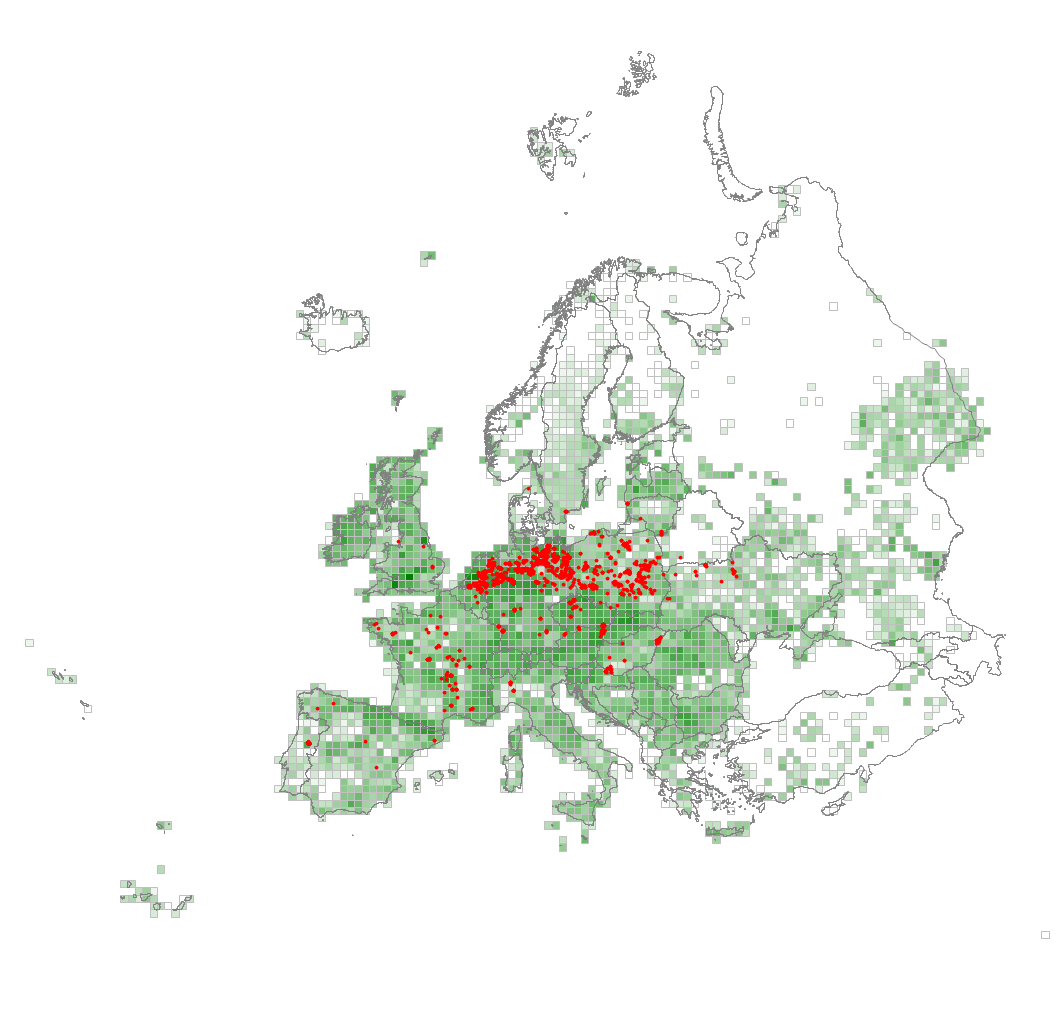R1Q Inland sanddrift and dune with siliceous grassland
Usually sparse grasslands on sand drifts among inland dunes and other open landscapes, mainly in the northern Central European lowlands, where the nutrient-poor and highly acidic surface is prone to wind erosion and hot droughty summers, forming a highly distinctive shifting-dune landscape. Soil development is very slow, pioneer bryophyte vegetation succeeded by an open cover of small tussock grasses, often with rich contingents of lichens on the compacted surface. Military training zones and abandoned lignite areas provide a new environment for the development of these grasslands.
Chytrý M., Tichý L., Hennekens S.M., Knollová I., Janssen J.A.M., Rodwell J.S. … Schaminée J.H.J. (2020) EUNIS Habitat Classification: expert system, characteristic species combinations and distribution maps of European habitats. Applied Vegetation Science 23: 648–675. https://doi.org/10.1111/avsc.12519
Version 2025-10-03, https://doi.org/10.5281/zenodo.16895007.
For the official presentation of the EUNIS Habitat Classification from the European Environment Agency, please see: EUNIS Terrestrial Habitat Classification 2021. The FloraVeg.EU presentation may show modifications and partial updates to the habitat classification.
